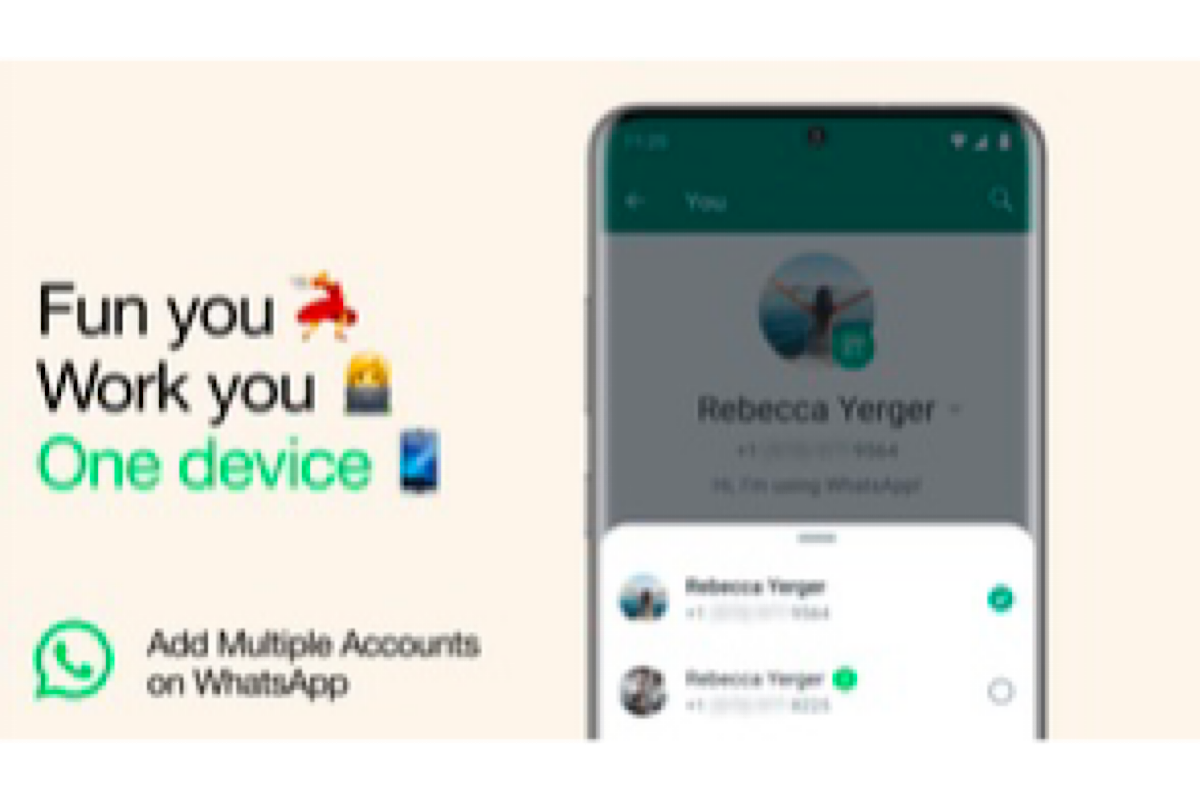Meta-owned WhatsApp on Thursday announced the ability to have two WhatsApp accounts logged in at the same time.
Meta CEO Mark Zuckerberg said in a post that WhatsApp users can soon login to two WhatsApp accounts at the same time.
Advertisement
“Switch between two accounts on WhatsApp. Soon you’ll be able to have two WhatsApp accounts on one phone within the app,” he announced.
The feature will be rolling out to Android users in the coming weeks and months.
“Now you no longer need to log out each time, carry two phones or worry about messaging from the wrong place,” said the company.
To set up a second account, you will need a second phone number and SIM card, or a phone that accepts multi-SIM or eSIM.
Simply open your WhatsApp settings, click on the arrow next to your name, and click “Add account”.
You can control your privacy and notification settings on each account, according to the company.
“As a reminder, only use the official WhatsApp and don’t download imitations or fake versions as a way of getting more accounts on your phone. Your messages are only secure and private when using the official WhatsApp,” the Meta-owned platform said.
Earlier this week, WhatsApp announced to roll out support for a password-less passkey feature to all Android users.
The move will help WhatsApp users on Android bid goodbye to insecure and even annoying two-factor SMS authentication.
“Android users can easily and securely log back in with passkeys. Only your face, finger print, or pin unlocks your WhatsApp account,” the company posted on X (formerly Twitter).
Android support will roll out over the coming weeks and months, according to the company. Passkeys can replace traditional passwords with your device’s own authentication methods.











